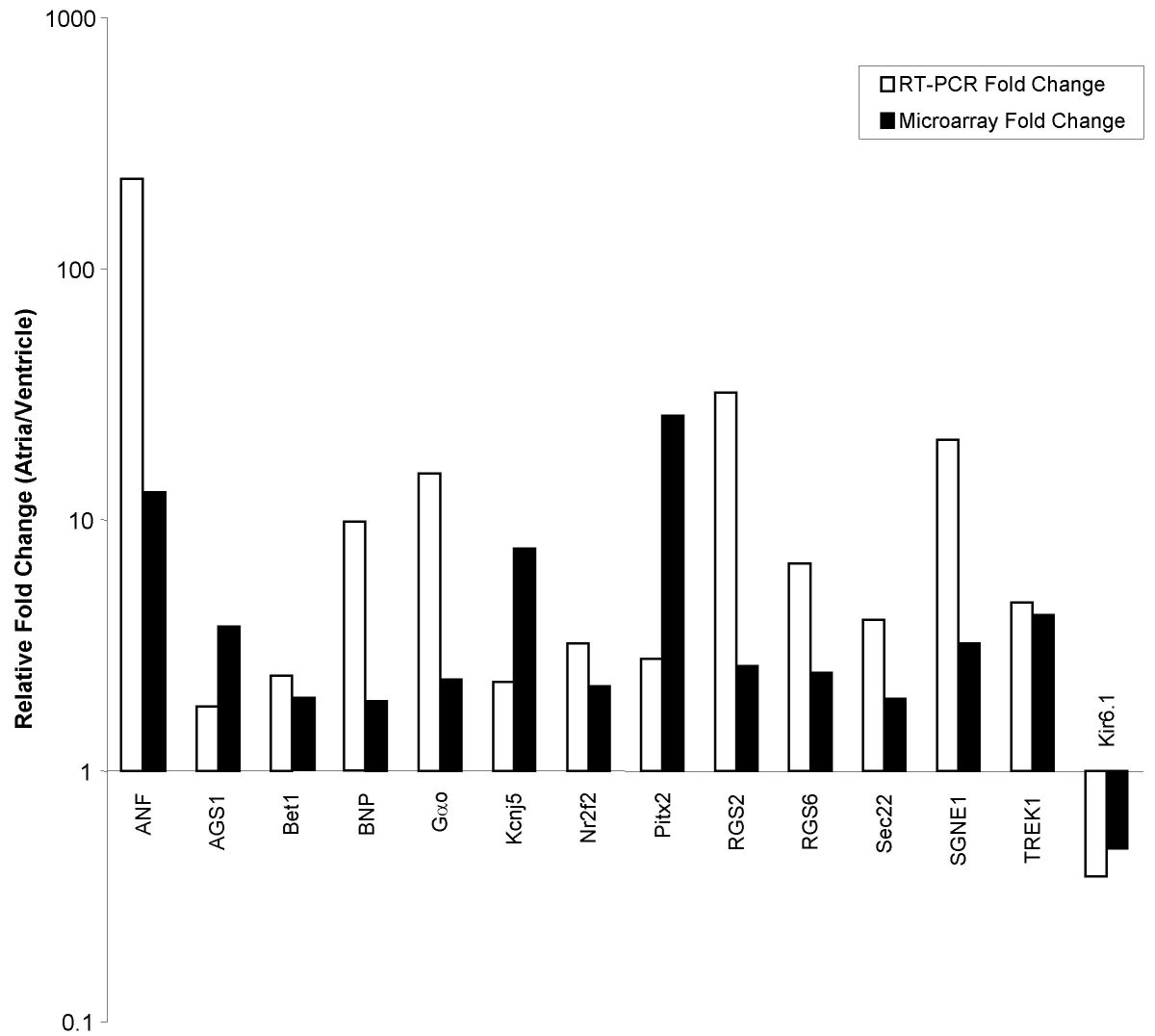

The current increase in wheat production of around 1% per year is not keeping pace with the rate of yield growth required to achieve the target of doubling crop production by 2050 21. Wheat is a major food crop critical to global food security. Grain photosynthesis accounts for 33-42% of this photosynthesis depending on the genotype and environment 20. Ear photosynthesis in wheat contributes from 10% to 44% of grain yield 19. Photosynthesis in cereal grains is less well defined. The stem and petiole of C 3 plants (tobacco and celery) was reported to accomplish NAD-ME type C 4 photosynthesis in cells surrounding vascular bundles 18. Kranz anatomy with reactions compartmentalized in different cell types has been considered essential for C 4 photosynthesis 16 but spatial compartmentalization in a single-cell has been demonstrated more recently 17. Anatomical, biochemical, and molecular evidence has been commonly used to distinguish C 4-(sub)types from C 3-types 15. These photosynthetic pathways explain the high growth rates of C 4 plants such as maize. Three classical C 4 photosynthesis subtypes, NADP-ME (NADP- dependent malic enzyme), NAD-ME (NAD- dependent malic enzyme) and PEPCK (phosphoenolpyruvate carboxykinase) have been defined based upon the decarboxylation reactions involved 14. The pathway provides enhanced radiation- water- and nitrogen- use efficiency 12 especially in sub-optimal environments 10, 13. The C 4 pathway originated approximately 30 Mya (million years ago) 10 and was first described 50 years ago 11. The key enzyme in C 3 photosynthesis, ribulose diphosphate carboxylase (RuBisCO), was reported to have evolved around the same time as cyanobacteria 9. These photosynthetic pathways, able to use CO 2 as a carbon source, evolved in cyanobacteria around 3.5 billion years ago 8. There are many different photosynthetic pathways reported in higher plants 7 four types viz., C 3, C 4, CAM (Crassulacean acid metabolism), and C 3-C 4 intermediates are widely known, while, C 4-like (less advanced C 4), C 3-CAM, and C 4-CAM intermediates have also been reported. Chemical energy generated from light energy is captured and used to synthesize organic compounds in higher plants in ‘dark reactions’ 6. Endosymbiotic associations of cyanobacteria in eukaryotes resulted in their ability to photosynthesize through chloroplasts in the process designated as “photosyntax” or “photosynthesis” in 1893 by Charles Reid Barnes 5.


Evolutionarily, six phyla of prokaryotic bacteria have the ability to photosynthesize 3, five of them using anoxygenic photosynthesis with bacteriochlorophyll and only one, the cyanobacteria, having oxygenic photosynthesis with chlorophyll 4. One of the key biological innovations was development of the ability of an organism to use light as the source of energy to generate chemical energy (ATP and NAD(P)H) for metabolic activities 1 in the process commonly known as photosynthesis 2.


 0 kommentar(er)
0 kommentar(er)
